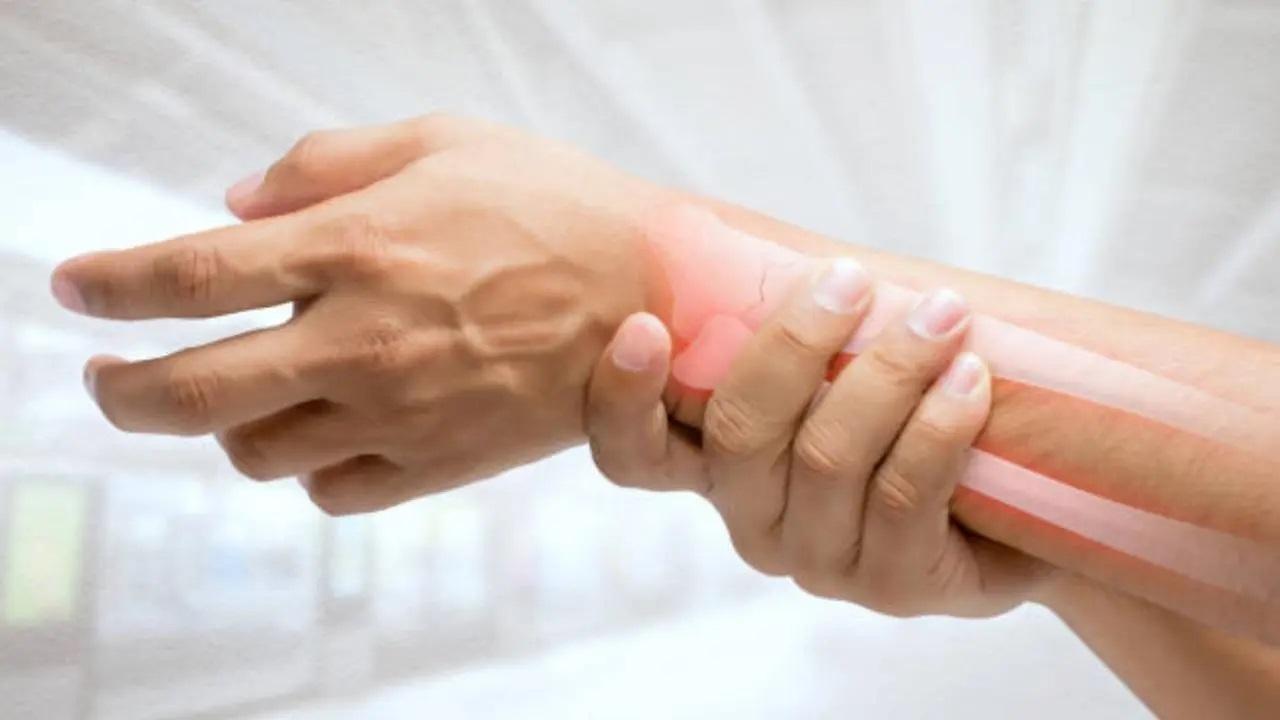Osteoporosis is a bone disease that occurs when bone mineral density and mass decrease or when bone structure and strength change. This can cause a decrease in bone strength, increasing the risk of fractures (broken bones)

Image for representational purpose only. Photo Courtesy: istock
Researchers have developed a new deep learning algorithm that outperformed existing computer-based 'osteoporosis' risk prediction methods, potentially leading to earlier diagnoses and better outcomes for patients with osteoporosis risk, a new study has shown.
ADVERTISEMENT
Osteoporosis is a bone disease that occurs when bone mineral density and mass decrease or when bone structure and strength change. This can cause a decrease in bone strength, increasing the risk of fractures (broken bones).
In the study, published in the journal Frontiers in Artificial Intelligence, the researchers tested the deep neural network (DNN) model against four conventional machine learning algorithms and a traditional regression model, using data from more than 8,000 participants aged 40 and older in the Louisiana Osteoporosis Study.
The DNN achieved the best overall predictive performance, measured by scoring each model's ability to identify true positives and avoid mistakes.
"The earlier osteoporosis risk is detected, the more time a patient has for preventative measures," said lead author Chuan Qiu, a research assistant professor at the Tulane School of Medicine Center.
"We were pleased to see our DNN model outperform other models in accurately predicting the risk of osteoporosis in an ageing population,” he added.
In testing the algorithms using a large sample size of real-world health data, the researchers were also able to determine the 10 most important factors for predicting osteoporosis risk -- weight, age, gender, grip strength, height, beer drinking, diastolic pressure, alcohol drinking, years of smoking, and income level.
"Our final aim is to allow people to enter their information and receive highly accurate osteoporosis risk scores to empower them to seek treatment to strengthen their bones and reduce any further damage," Qiu said.
This story has been sourced from a third party syndicated feed, agencies. Mid-day accepts no responsibility or liability for its dependability, trustworthiness, reliability and data of the text. Mid-day management/mid-day.com reserves the sole right to alter, delete or remove (without notice) the content in its absolute discretion for any reason whatsoever.
 Subscribe today by clicking the link and stay updated with the latest news!" Click here!
Subscribe today by clicking the link and stay updated with the latest news!" Click here!












